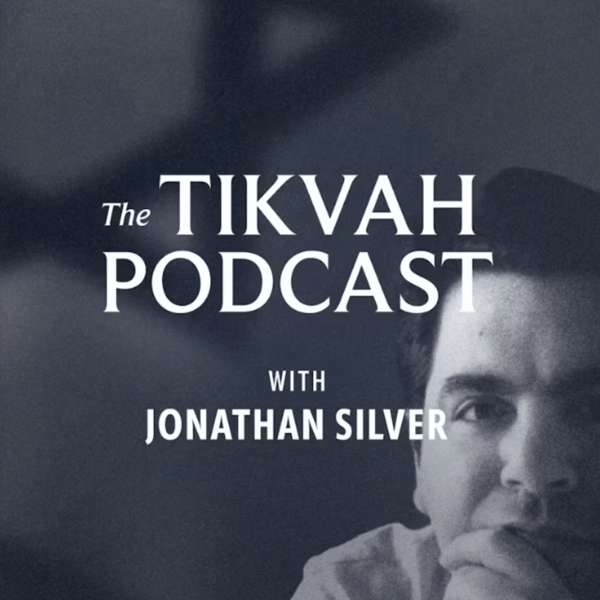Kenneth Marcus on How the IHRA Definition of Anti-Semitism Helps the Government Protect Civil Rights
The Tikvah Podcast
Tikvah
4.6 • 620 Ratings
🗓️ 30 July 2021
⏱️ 32 minutes
🧾️ Download transcript
Summary
With anti-Semitism on the rise over the last few years, it is essential for institutions to be able to assess clearly whether an incident is anti-Semitic or not. For this purpose, over the last two decades many governments, companies, and international organizations have, as Joshua Muravchik discusses in this month's Mosaic essay, adopted the “working definition of anti-Semitism” from the International Holocaust Remembrance Alliance (IHRA). Today, the U.S. federal government uses the IHRA definition to assess federal claims of anti-Semitism under Title VI of the 1964 Civil Rights Act, and all government agencies also consider the IHRA definition in their own assessments of anti-Semitism.
This week, Kenneth Marcus, who was instrumental in getting the federal government to adopt the IHRA definition of anti-Semitism, joins our podcast. Formerly the assistant secretary for civil rights in the Department of Education, Marcus has played a major role in protecting the civil rights of diverse groups, including Jews facing anti-Semitism; he's also the author of Jewish Identity and Civil Rights in America, and The Definition of Anti-Semitism. In conversation with Mosaic’s editor Jonathan Silver, he explains how the IHRA definition helps American officials protect civil rights.
Musical selections in this podcast are drawn from the Quintet for Clarinet and Strings, op. 31a, composed by Paul Ben-Haim and performed by the ARC Ensemble.
Transcript
Click on a timestamp to play from that location
| 0:00.0 | Let's say you occupy a role of institutional responsibility, as an educator or administrator, |
| 0:14.0 | as a law enforcement officer, as a member of the clergy, as a manager in the Human |
| 0:20.0 | Resources Department of a corporate firm. |
| 0:23.2 | You know perhaps that instances of anti-Semitism have been rising over the last years. |
| 0:29.5 | But just what is it? |
| 0:31.2 | It's clear in the most obvious and egregious cases, but questions still arise. How does Israel relate to contemporary |
| 0:39.8 | anti-Semitism? And what kind of speech, however unpleasant, is still nevertheless protected |
| 0:46.0 | by the First Amendment? It would be useful if there were to be a commonly accepted definition |
| 0:52.6 | of what does and doesn't count as anti-Semitism. |
| 0:56.0 | Well, of course, there are quite a few. But no definition has been so widely adopted by governments, |
| 1:03.2 | the private sector, or international institutions, as the so-called working definition of antisemitism |
| 1:10.0 | from the International Holocaust |
| 1:11.7 | Remembrance Alliance, or IRA. |
| 1:14.5 | The IRA definition has been adopted by various state governments in the U.S. |
| 1:20.3 | And Ken Marcus, currently the founder and chairman of the Lewis D. Brandeis Center, |
| 1:26.2 | formerly the Assistant Secretary for Civil |
| 1:28.4 | Rights in the Department of Education, Ken Marcus was instrumental in getting the federal |
| 1:34.2 | government to adopt the IRA definition for use in assessing federal claims of anti-Semitism |
| 1:40.7 | under Title VI of the 1964 Civil Rights Act. |
| 1:45.0 | In turn, this led in 2019 to President Trump's executive order directing all agencies to consider |
| 1:52.6 | the IRA definition in their own assessments of anti-Semitism. |
| 1:57.5 | Welcome to the Tikva podcast. |
... |
Please login to see the full transcript.
Disclaimer: The podcast and artwork embedded on this page are from Tikvah, and are the property of its owner and not affiliated with or endorsed by Tapesearch.
Generated transcripts are the property of Tikvah and are distributed freely under the Fair Use doctrine. Transcripts generated by Tapesearch are not guaranteed to be accurate.
Copyright © Tapesearch 2025.

